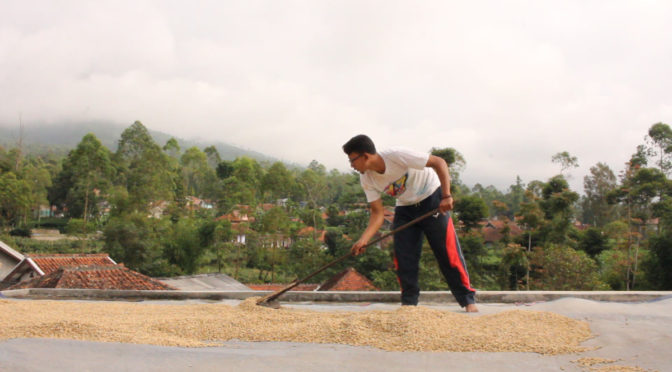You might be familiar with our Wildlife Friendly ™ Coffee farming is tough work (which needs to maintain sustainable farming practices that benefit both farmers and wildlife, establishing a hunting ban and littering ban in the community, providing training and workshops on organic and sustainable farming methods, and providing environmentally friendly pest control and fertilizer), but it is just part of the journey. to serve you a cup. After the red coffee cherry is hand-picked and harvested, more real hard work starts coffee processing.

Our farmer groups in Cipaganti and Pangauban also handled their own coffee processing. I learned more about this whole coffee journey from them as well. Once the cherries have been picked, they have to process the coffee as quickly as possible to prevent fruit spoilage. The next step that needs to be taken after harvesting actually depends on which type of coffee processing wants to be conducted, whether it is full wash, natural, honey, wine, and peaberry. But, for this time, let’s focus and dive into full wash first!
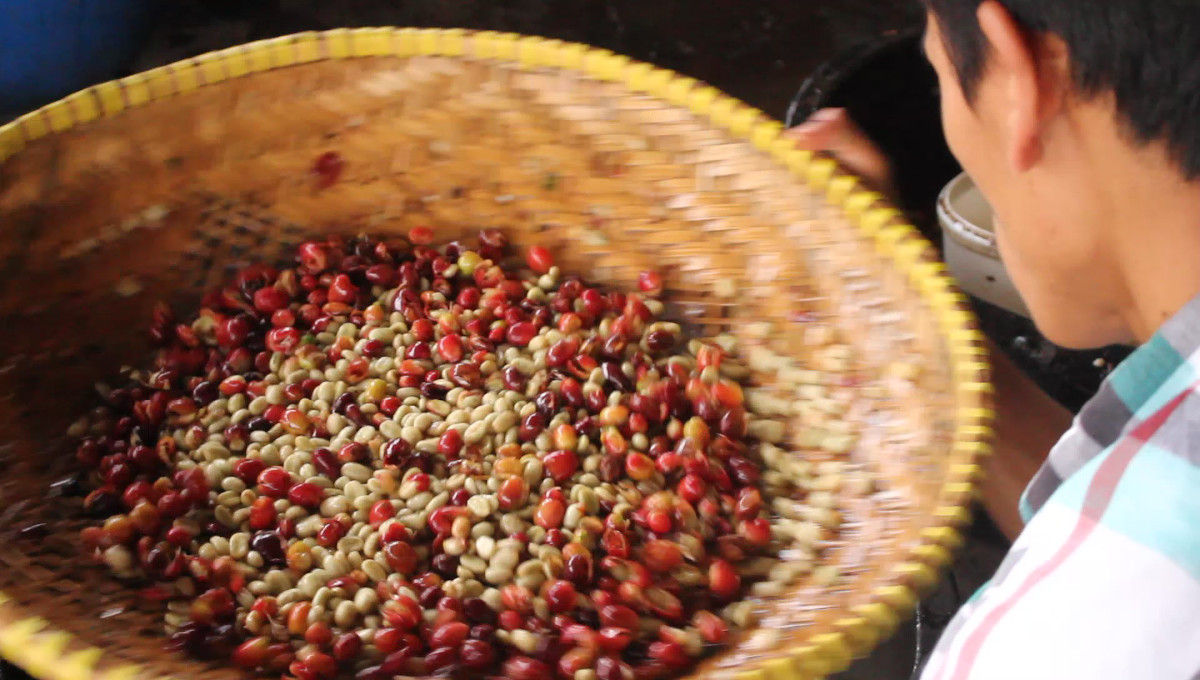
Washing beans in full wash
In full wash processing, cherry coffee is put into water, sorted, and selected which one is good for further processing. Cherries that are fully ripe will sink, while those that float are not processed. After that, they need to be removed the skin and pulp from the beans through a pulping machine.
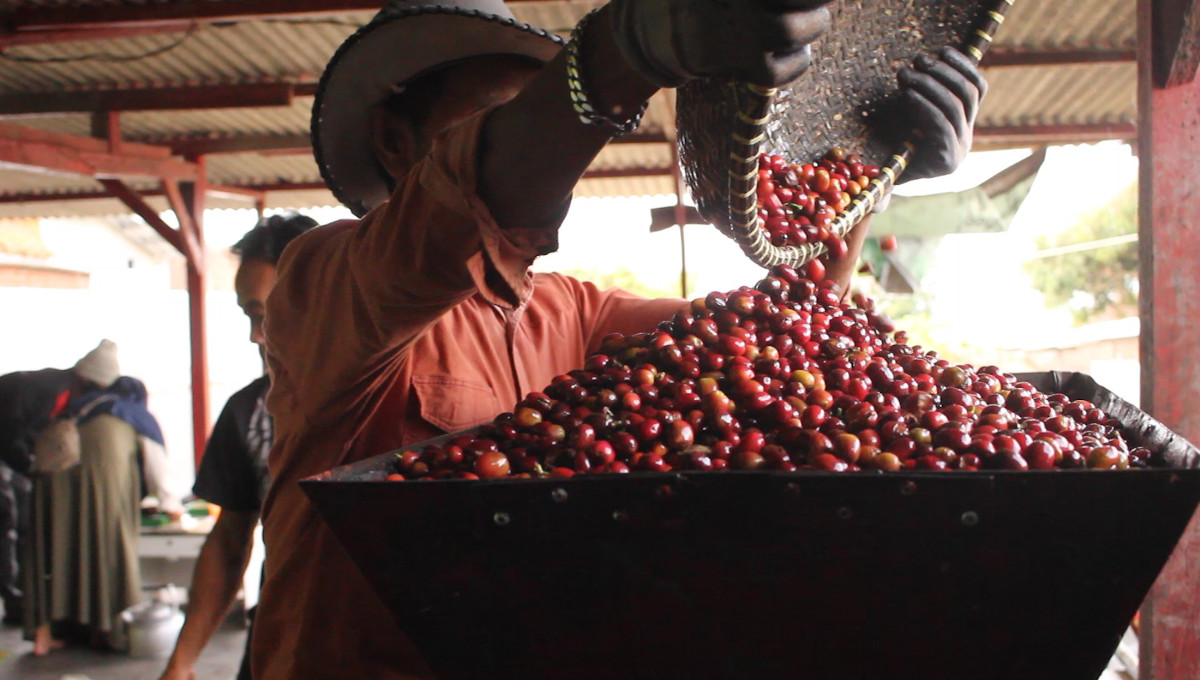
Another wash!
After the pulping process, the beans, which in Indonesia are called “gabah”, are transported into the water again and remain in this water tub for about 16-28 hours. This fermentation process is to remove the slick layer of mucilage that is still attached to the parchment. After that, the beans or gabah are cleanly washed of mucus and of defective beans caused by pests and machine defects. There are many steps to washing and that’s why it is called full wash processing.
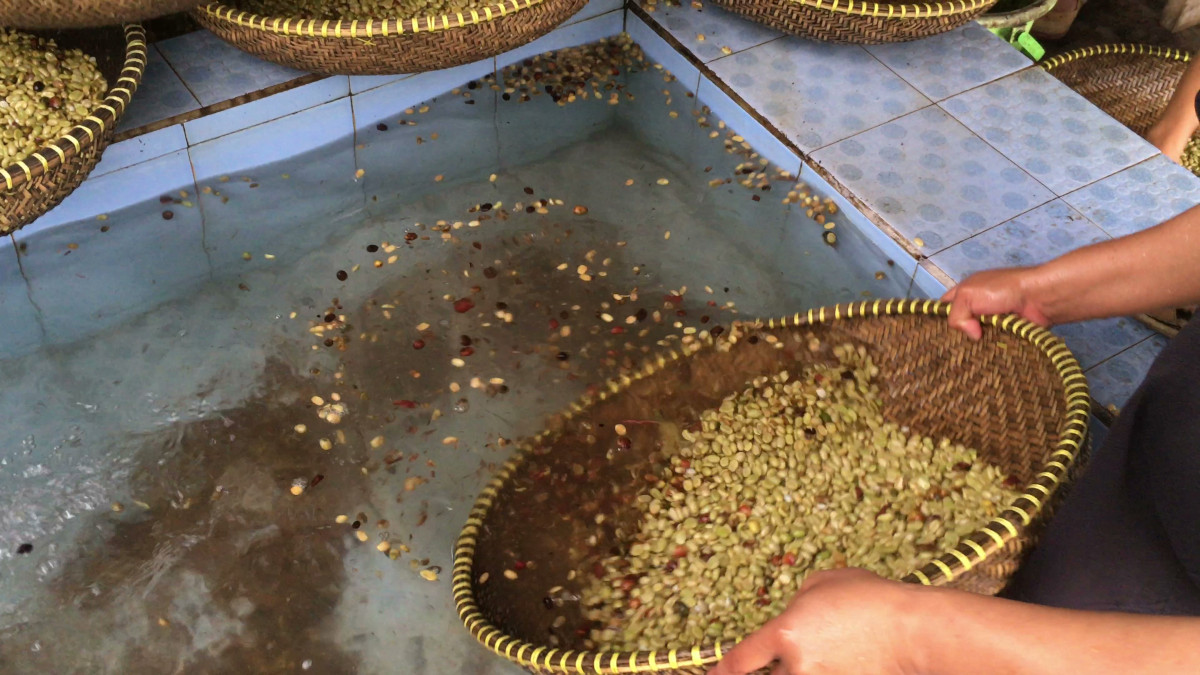
Make it dry
The next step is drying the beans. In full wash processing, this step takes about 6-8 days. When drying under the sun, it is also necessary to turn the beans so that the drying is evenly distributed.
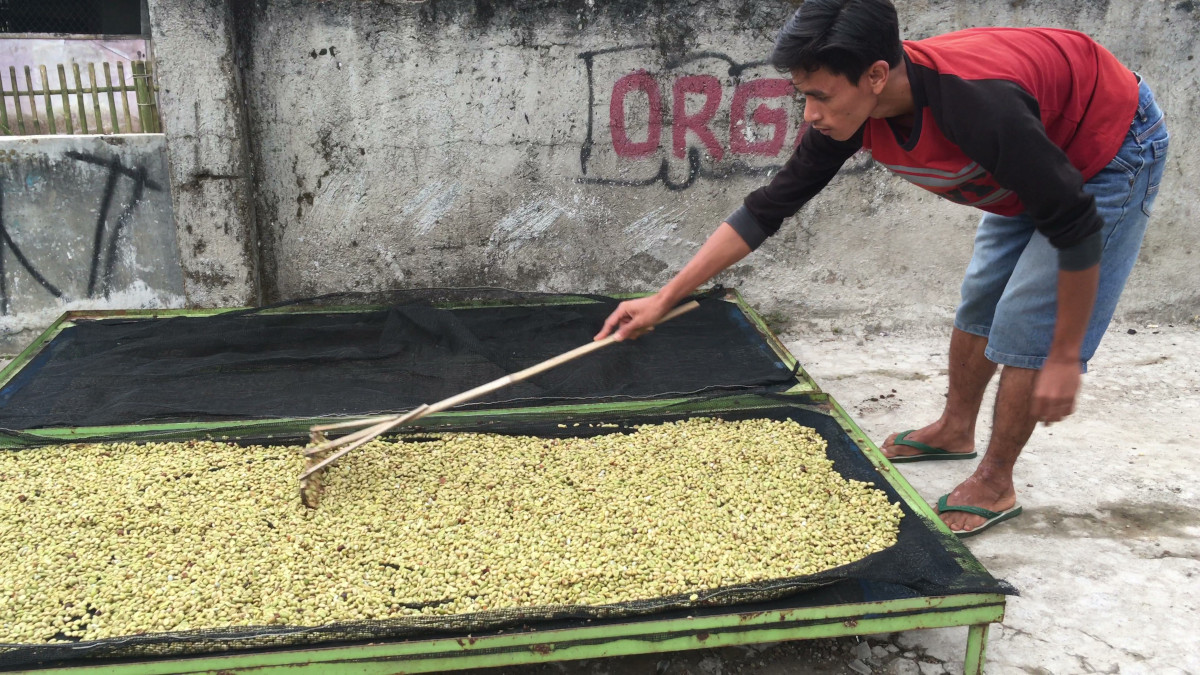
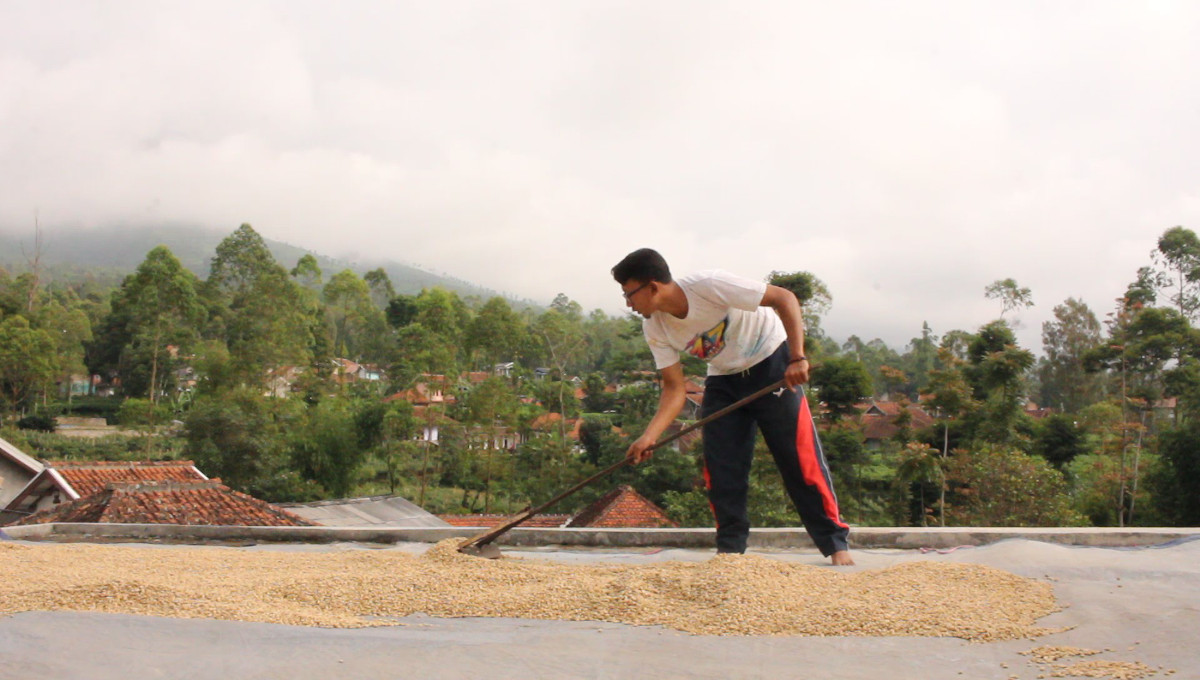
Where are green beans from?
After the beans dried, they are passed to the hulling machine for resulting the green bean.
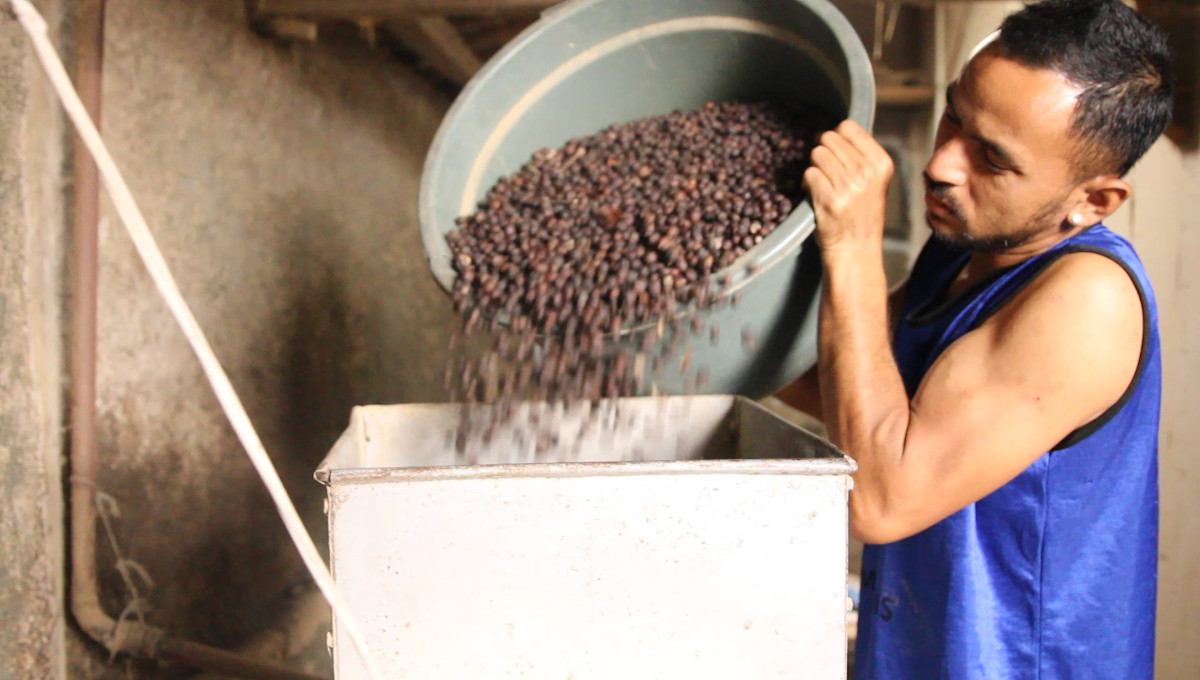
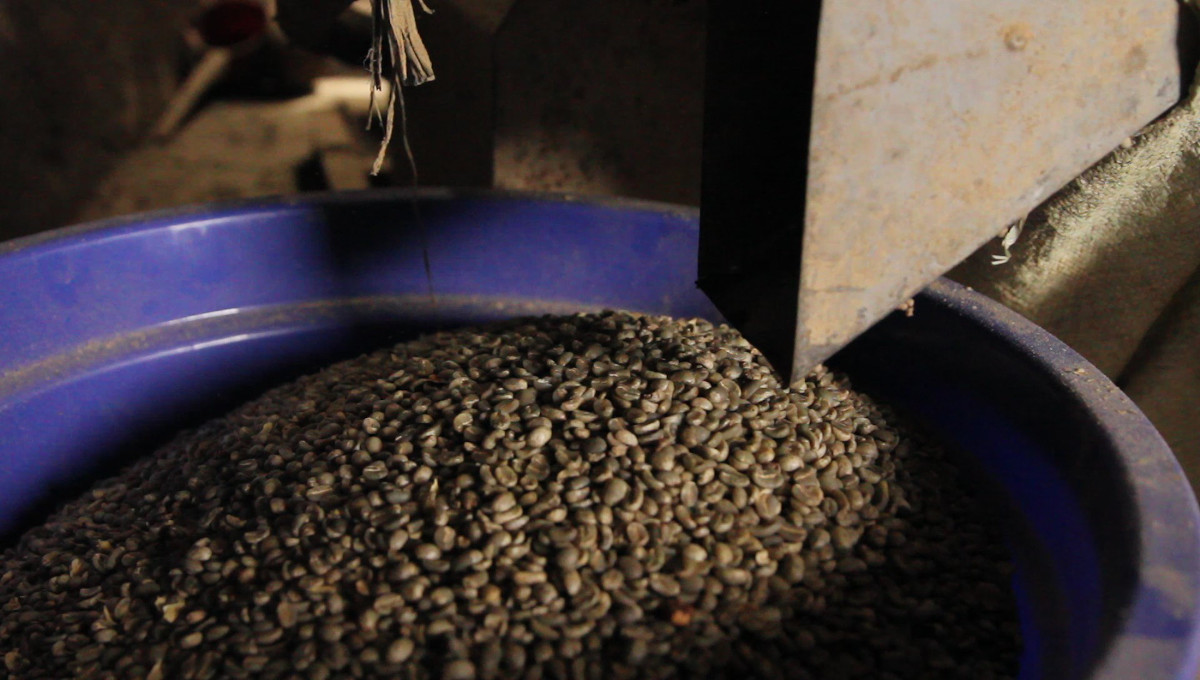
Have you already been familiar with this green bean coffee? Hold on, it is not over yet! X’D.
Into the cafes!
After we have this green bean, the next step is roasting. Roasting transforms green coffee into aromatic brown beans which are more, more familiar to us in cafes or stores.
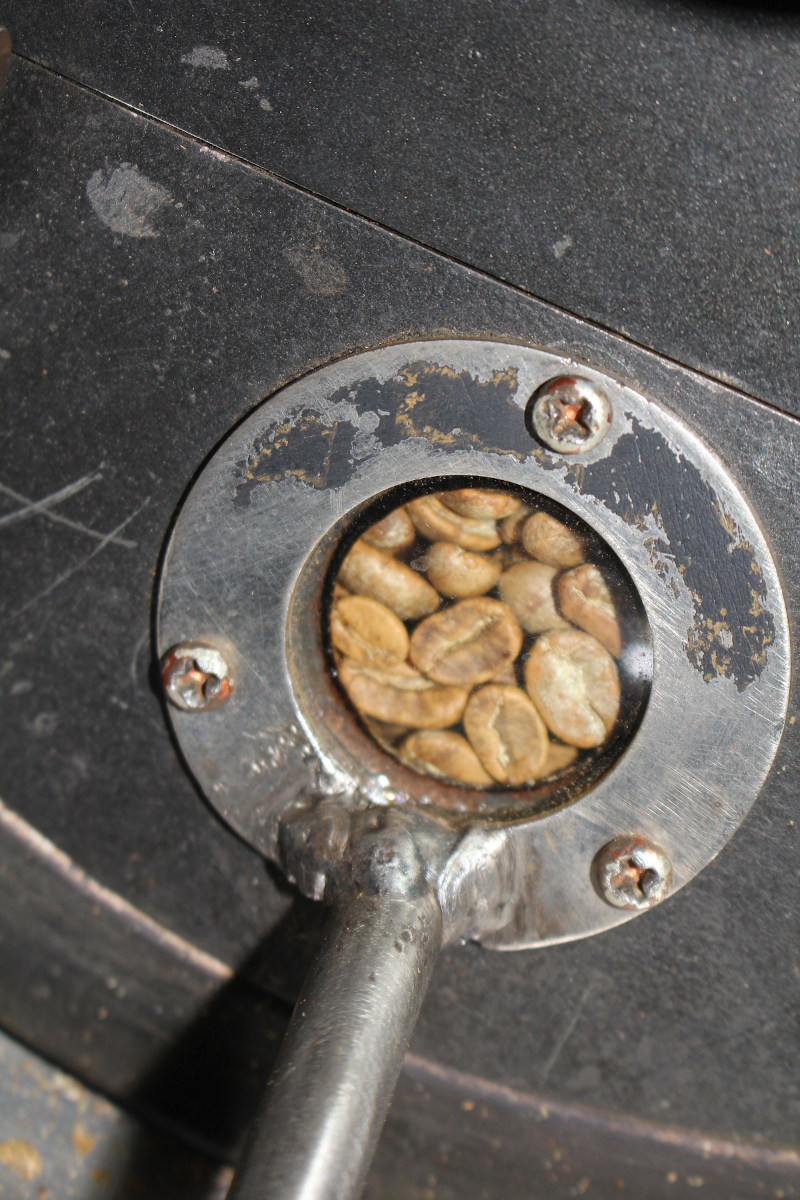
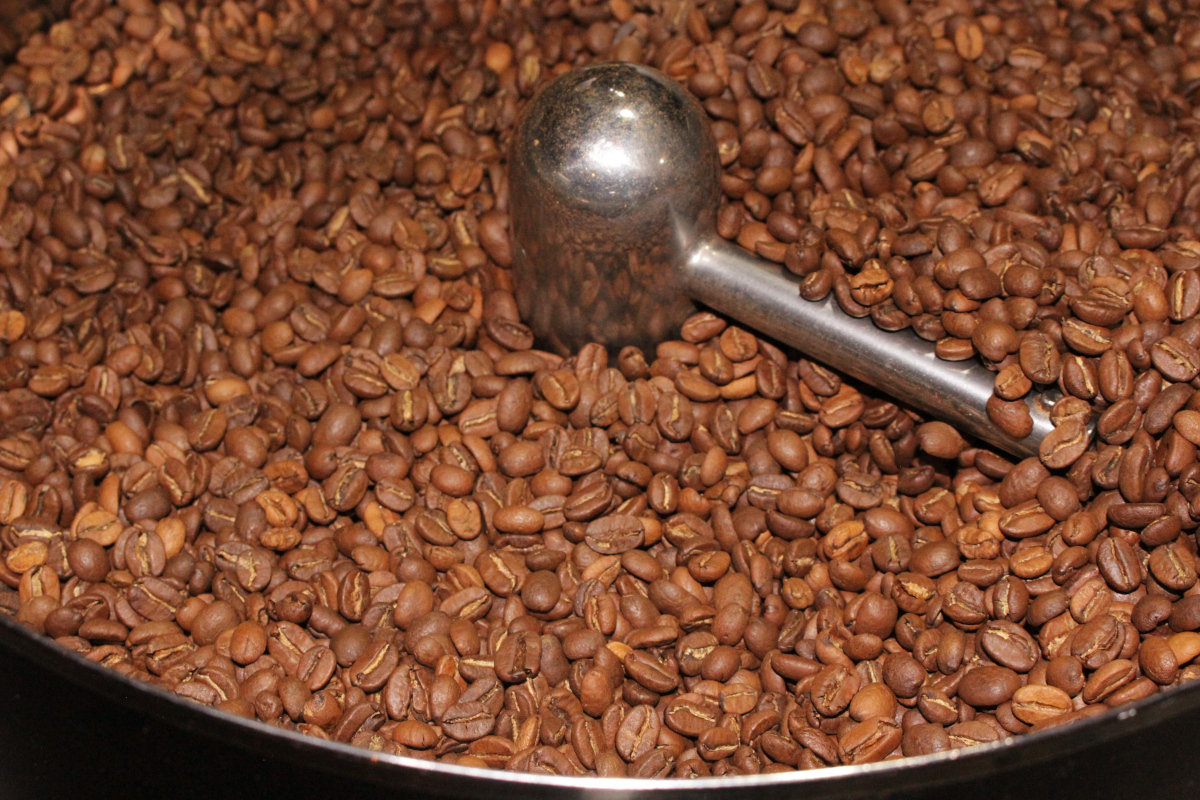
This roasting process is also an important part of determining the taste of coffee. After roasting, The beans are immediately cooled by air.
We already have our brown coffee beans, and the next step to be taken is grinding this coffee bean to become ground coffee.
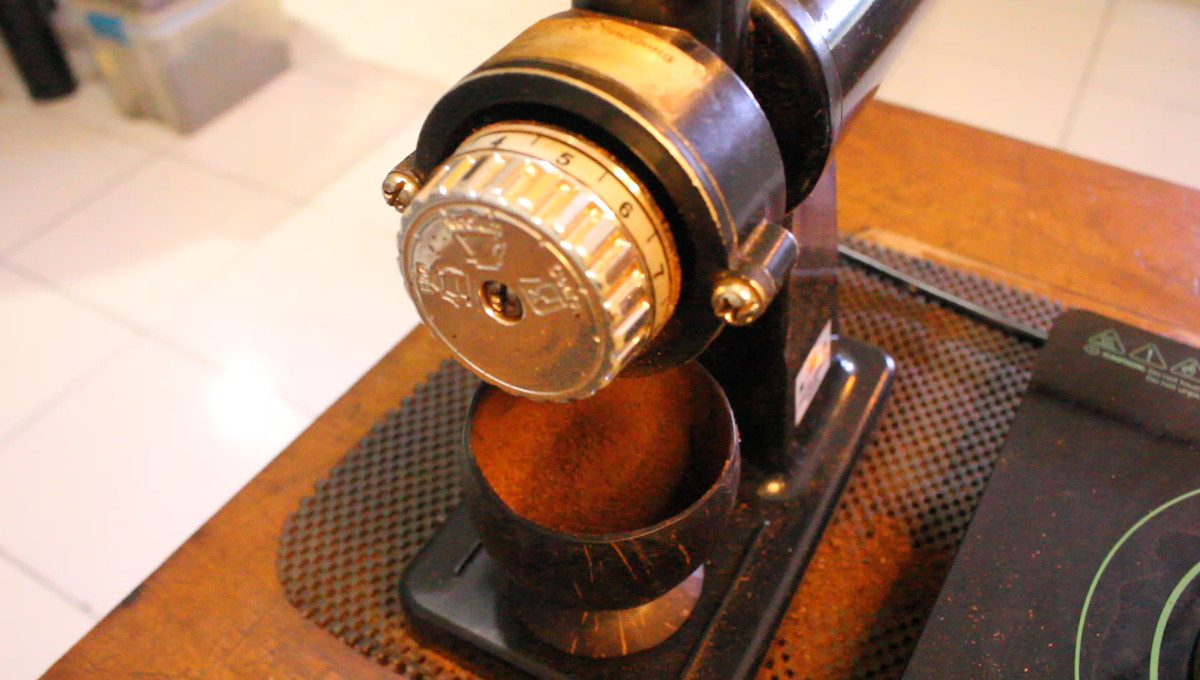
Make a cup of a coffee
Then, the last step is brewing the coffee. There are a lot of brewing methods, but my favorite before it is ready to be consumed is tubruk coffee or the simplest way of brewing. This type of brewing is also the method for tasting coffee since it results in the real taste of coffee.
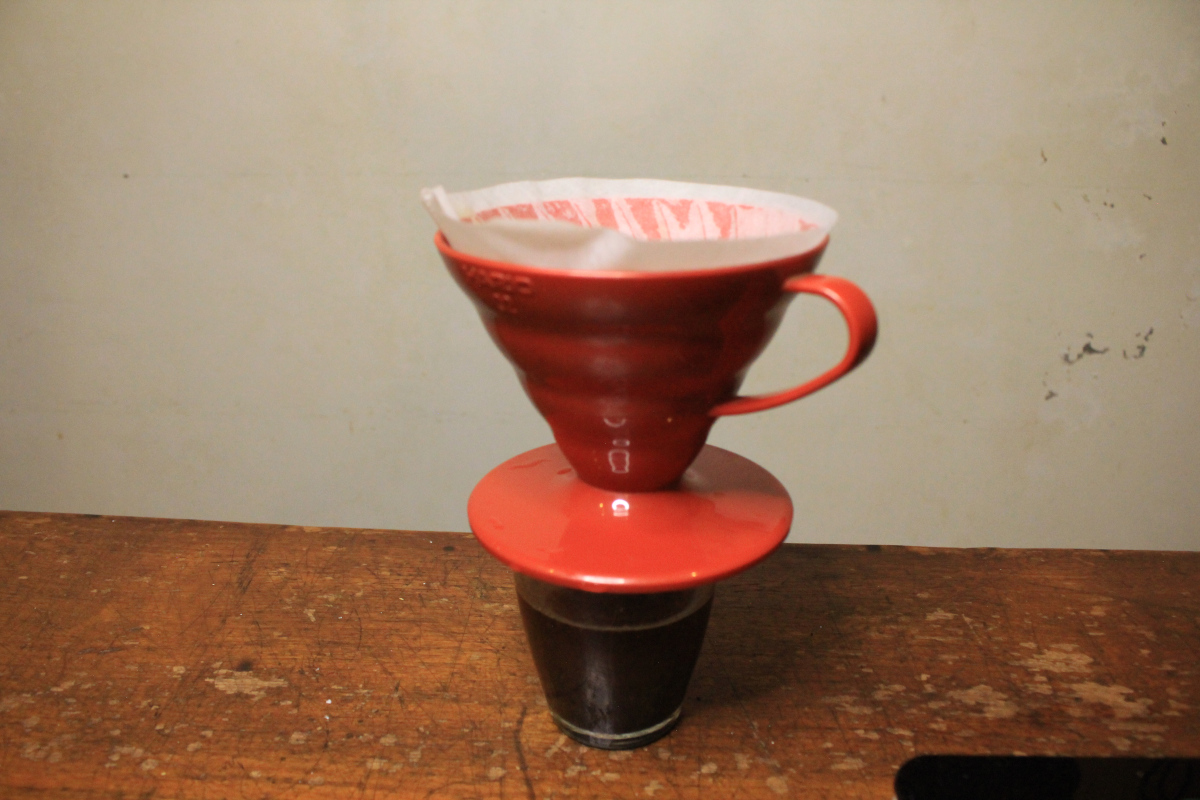
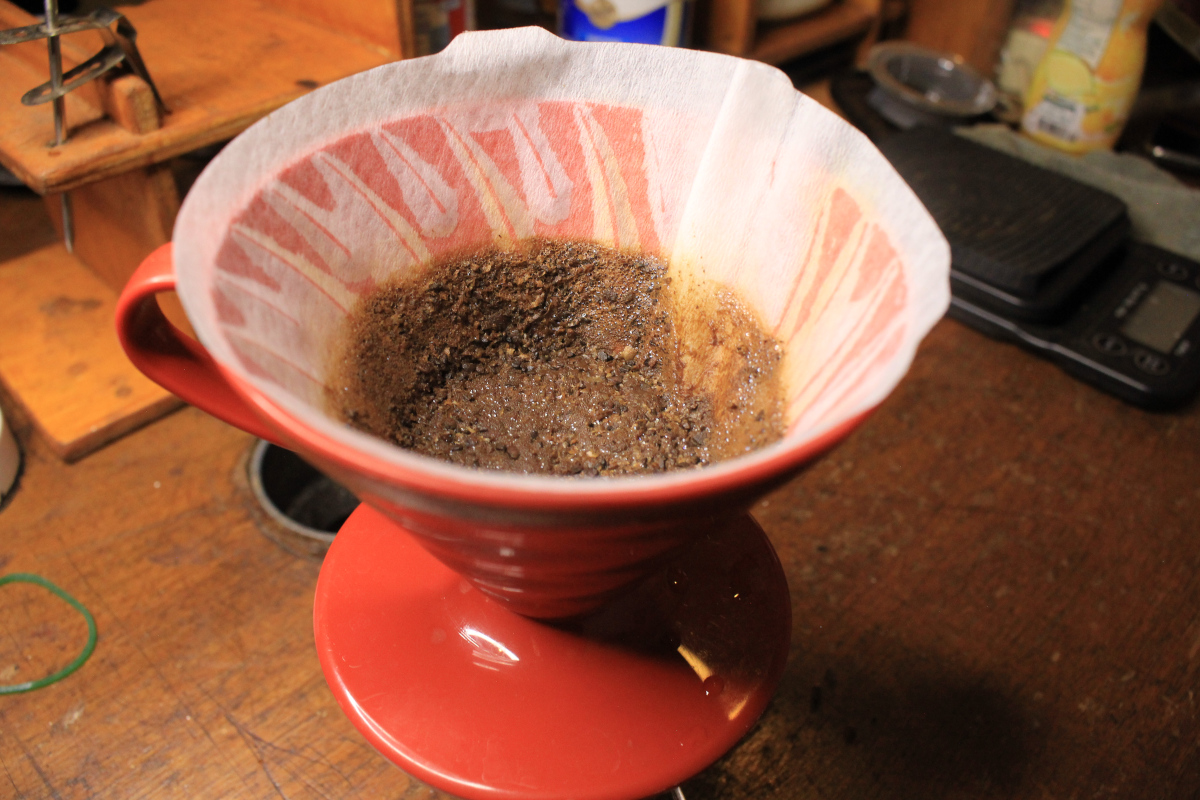
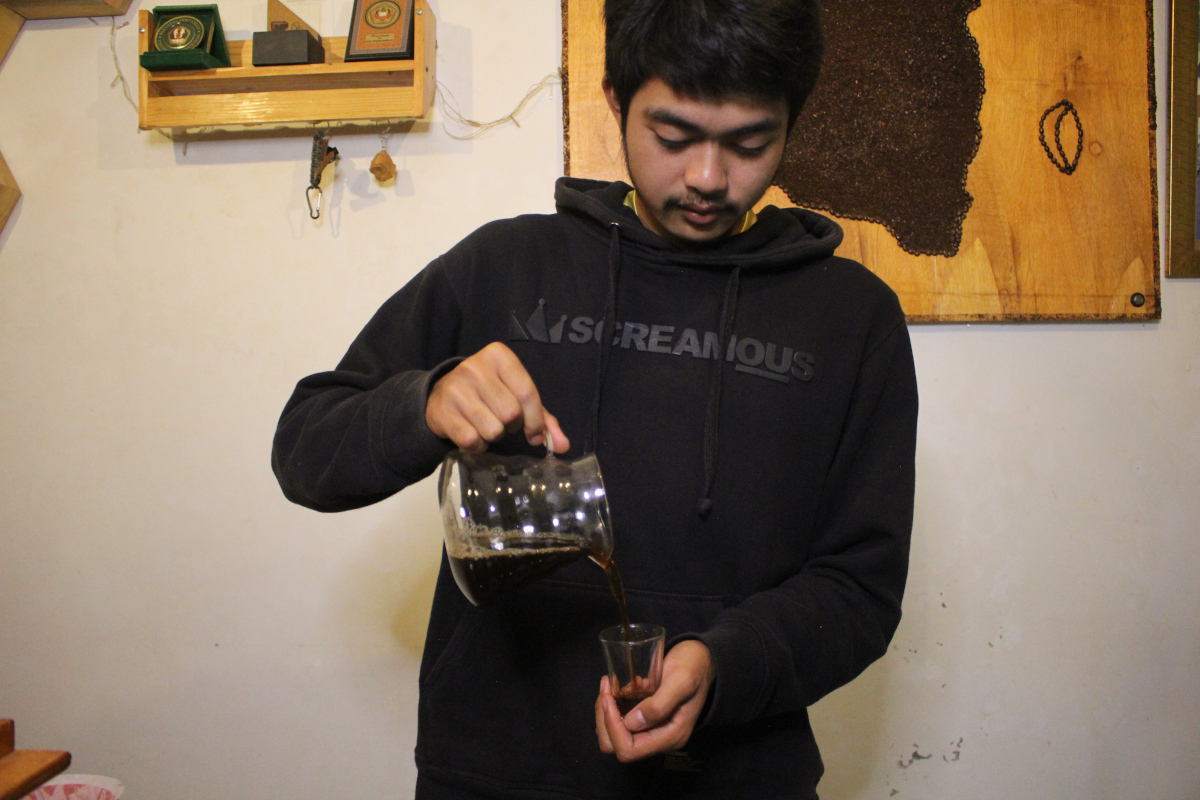

Moving forward
Speaking of coffee tasting, last month, our coffee was tasted by @indochinacoffee and @missingbeancoffeeroasters with our UK LFP Team and confirmed that it is categorized as high quality or specialty coffee with a score above 80. Hence, not only Wildlife Friendly ™ coffee which conserves our slow lorises, civets, and nature itself, but our coffee is high-quality coffee as well. What a worthy work!
After learning and seeing how coffee from upstream to downstream is processed, it makes me realize that it is not easy work to make a good quality product, yet everyone here is so caring and dedicated to every single step of the process. Moreover, every step is so intertwined with each other, from the plantation to the ready-to-serve coffee. Every step counts.
I am grateful to our farmers and the people behind this (Pak Ajum, Pak Janjan, Bu Ika, Jake, and more) for their consistency, dedication, and great collaboration to make Wildlife Friendly ™ Coffee happen and so happy to know them.
Well, let’s call it, for now, happy Sunday everyone!

